
Custom Silicone Rubber Membrane Switch & Rubber Keypad
Custom Silicone Rubber Membrane Switch & Rubber Keypad
Silicone rubber membrane switch is a membrane switch made of silicone rubber material, which has the advantages of silent operation, high temperature resistance and stable chemical properties. It changes the structure of the traditional touch switch using metal shrapnel and uses silicone rubber as the conductive material, so it is also called a silent touch switch.
Silicone rubber membrane switches are widely used in home appliances, industrial control, automotive electronics and other fields, providing good tactile feedback and sealing performance.
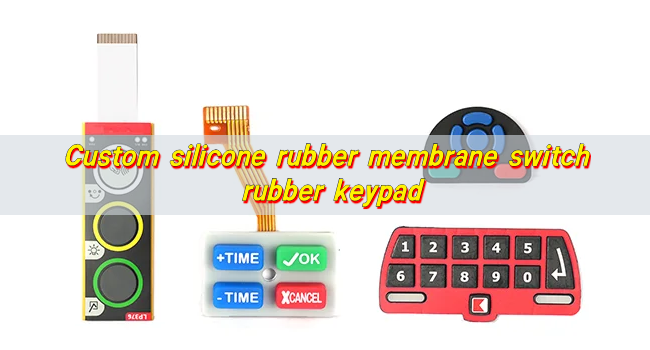
What is a silicone rubber membrane switch?
Silicone rubber membrane switch is a type of keypad that uses a flexible silicone rubber layer to activate an electrical circuit. It is designed to offer a seamless and responsive user experience. The top layer consists of a rubber keypad with printed or molded buttons. Underneath, there is a conductive layer that completes the circuit when pressed.
These switches are commonly used in consumer electronics, industrial control panels, and medical devices. Their ability to resist moisture, dust, and chemicals makes them ideal for harsh environments. They can also be customized with backlighting, embossing, or different actuation forces.
What is the difference between rubber dome and membrane switches?
Rubber dome switches and membrane switches have key differences. A rubber dome switch combines a rubber keypad with a dome-shaped actuator. When pressed, the dome collapses, making electrical contact with the circuit board. These switches provide tactile feedback and are commonly found in standard keyboards.
Membrane switches, on the other hand, do not have separate moving parts. They use multiple layers, including a conductive trace that closes the circuit when pressed. Silicone rubber membrane switches combine elements of both, offering a soft touch with a responsive feel. Their sealed design enhances durability, making them more resistant to environmental factors.
How do rubber membrane buttons work?
Rubber membrane buttons function by completing an electrical circuit when pressed. The silicone rubber layer sits on top of a conductive layer. When pressure is applied, the rubber deforms, pushing a conductive pad against the circuit board. This action registers a keystroke or command.
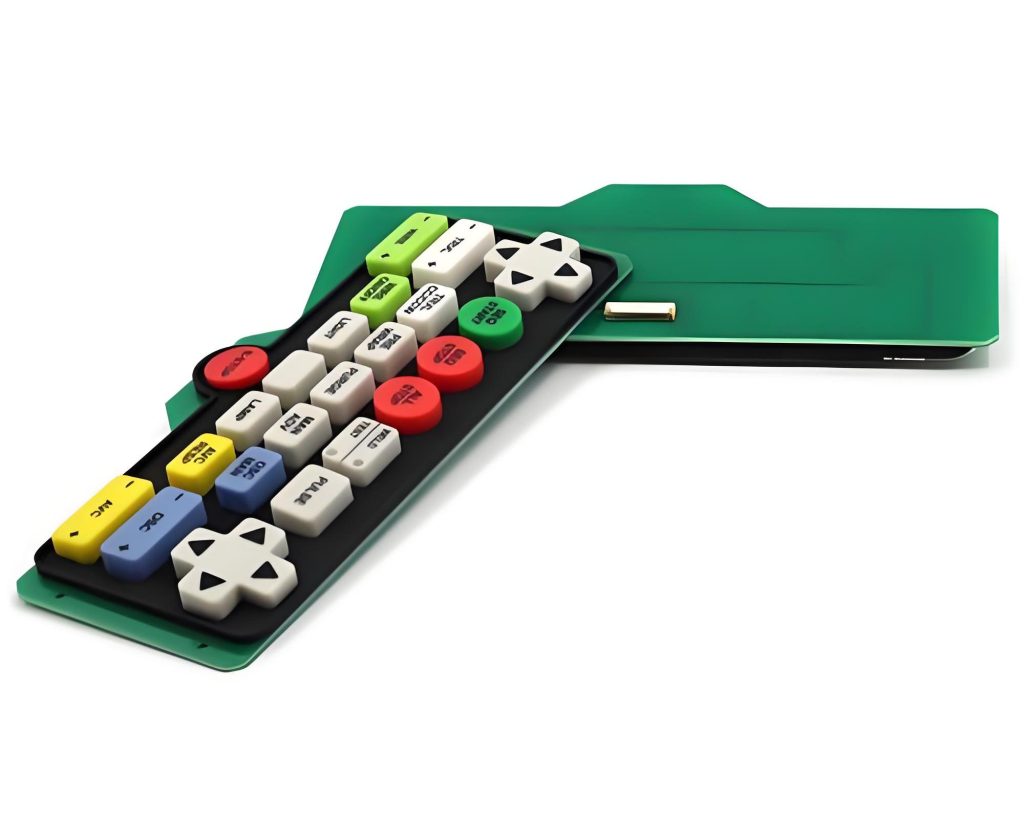
The elasticity of silicone allows for repeated use without degradation. Unlike mechanical switches, rubber membrane buttons provide a smooth and quiet operation. They can also be designed with different actuation forces to suit various applications. Whether in remote controls, medical devices, or industrial panels, these buttons offer precision and reliability.
What is the electrical conductivity of silicone rubber?
Silicone rubber is naturally an insulator, meaning it does not conduct electricity. However, it can be modified with conductive fillers, such as carbon or silver particles. This transforms it into a material suitable for conductive applications.
Conductive silicone rubber is often used in keypads, sensors, and EMI shielding. By embedding conductive particles, manufacturers create a balance between flexibility and electrical performance. This allows for consistent signal transmission while maintaining the durability of silicone rubber.
What are the pros and cons of silicone?
Silicone offers numerous advantages. It is flexible, durable, and resistant to heat, chemicals, and moisture. These properties make it an excellent material for membrane switches. Silicone also provides excellent aging resistance, ensuring long-term reliability.
Another advantage is its ability to withstand extreme temperatures. Unlike traditional rubber, silicone remains stable in hot and cold conditions. This makes it ideal for outdoor and industrial applications.
However, silicone has some limitations. It is not as stiff as some plastics, which may limit its use in applications requiring rigid structures. Additionally, conductive silicone rubber can be more expensive than other conductive materials. Despite these minor drawbacks, the benefits far outweigh the cons.
Are rubber dome switches tactile?
Yes, rubber dome switches are tactile. They provide a noticeable response when pressed, often referred to as “snap” or “click.” This feedback helps users know when a key has been activated. The level of tactility depends on the dome design and material composition.
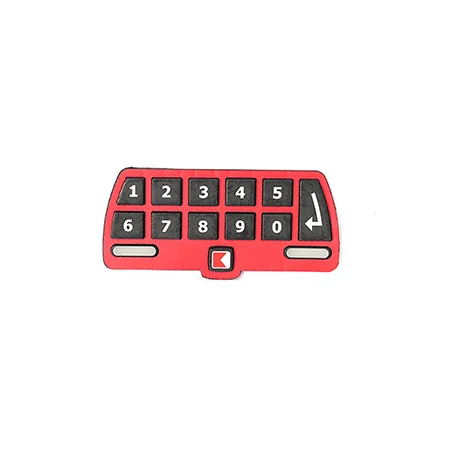
Silicone rubber dome switches can be customized for different tactile responses. Some designs offer a soft press, while others provide a firmer click. This makes them versatile for various industries, from consumer electronics to industrial controls.
Are rubber dome switches good?
Rubber dome switches are widely used because they offer a great balance between cost, durability, and performance. They are quieter than mechanical switches and provide a comfortable typing or pressing experience.
For applications that require long-lasting operation, silicone rubber dome switches are an excellent choice. Their sealed structure protects against dust, moisture, and contaminants. This enhances reliability and extends the product’s lifespan.
While some prefer the feel of mechanical switches, rubber dome switches remain a popular option for many industries. Their affordability and adaptability make them an essential component in various electronic devices.
What is silicone rubber used for?
Silicone rubber is a versatile material used in countless industries. In electronics, it is found in keypads, switches, and protective casings. Its resistance to extreme temperatures makes it ideal for aerospace and automotive applications.
Medical industries also rely on silicone rubber for tubing, seals, and keypad covers. Its biocompatibility ensures safety for medical devices. Additionally, silicone is widely used in kitchenware, seals, and gaskets due to its non-toxic nature.
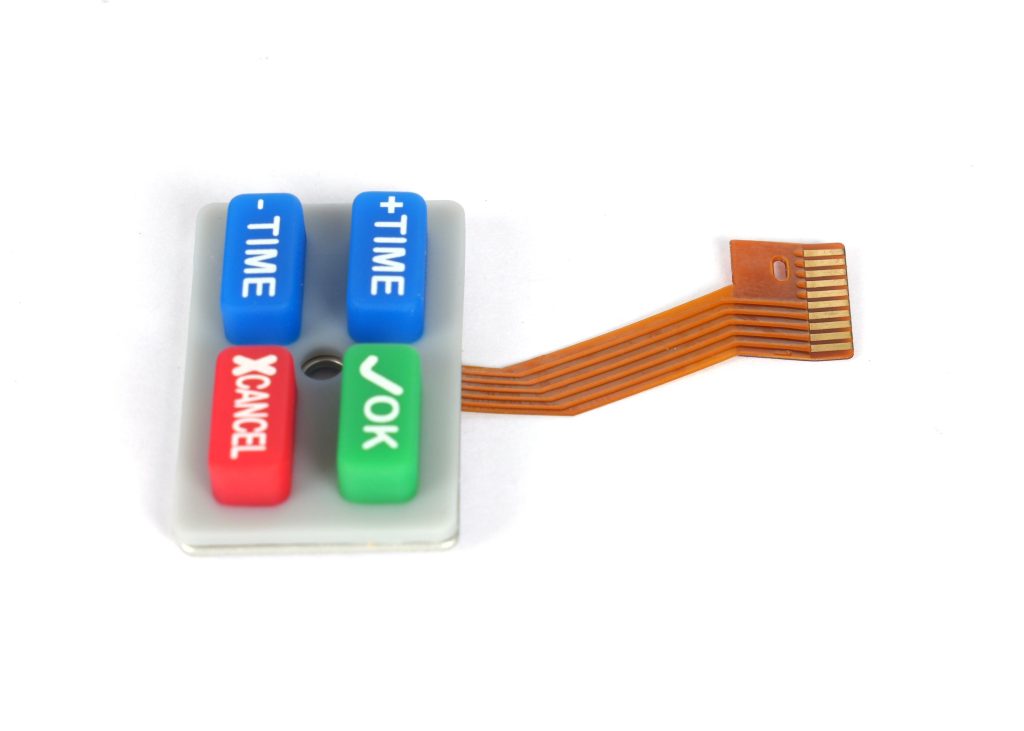
The combination of flexibility, durability, and resistance to harsh conditions makes silicone rubber a top choice across multiple sectors. Its ability to be molded, printed, and customized further expands its applications.
Conclusion:
Silicone rubber membrane switches provide a durable, responsive, and customizable solution for various industries. They offer a balance of flexibility, tactile feedback, and environmental resistance.
Rubber dome switches, membrane switches, and conductive silicone rubber each have unique properties. Their versatility makes them suitable for different applications. For custom silicone rubber membrane switches and keypads, contact sales@best-membraneswitch.com. Our expertise ensures high-quality solutions for any industry.

Why choose a PET membrane switch? Key benefits you should know
PET membrane switches have good key life, corrosion resistance, wear resistance, and excellent insulation performance, and are suitable for key parts that are used frequently. They have high hardness and can withstand large key forces, ensuring long-term stability. In addition, PET membrane switches have good temperature resistance and can operate in a temperature range of ...

What is a PCB Membrane Switch? PCB Switch Types
PCB membrane switch is a switch based on rigid circuit board, suitable for application scenarios that require stronger mechanical stability and reliability. It is usually composed of multiple layers of film, including conductive film, circuit breaker film and display film, etc., and the circuit is turned on and off by touch or press operation. The ...
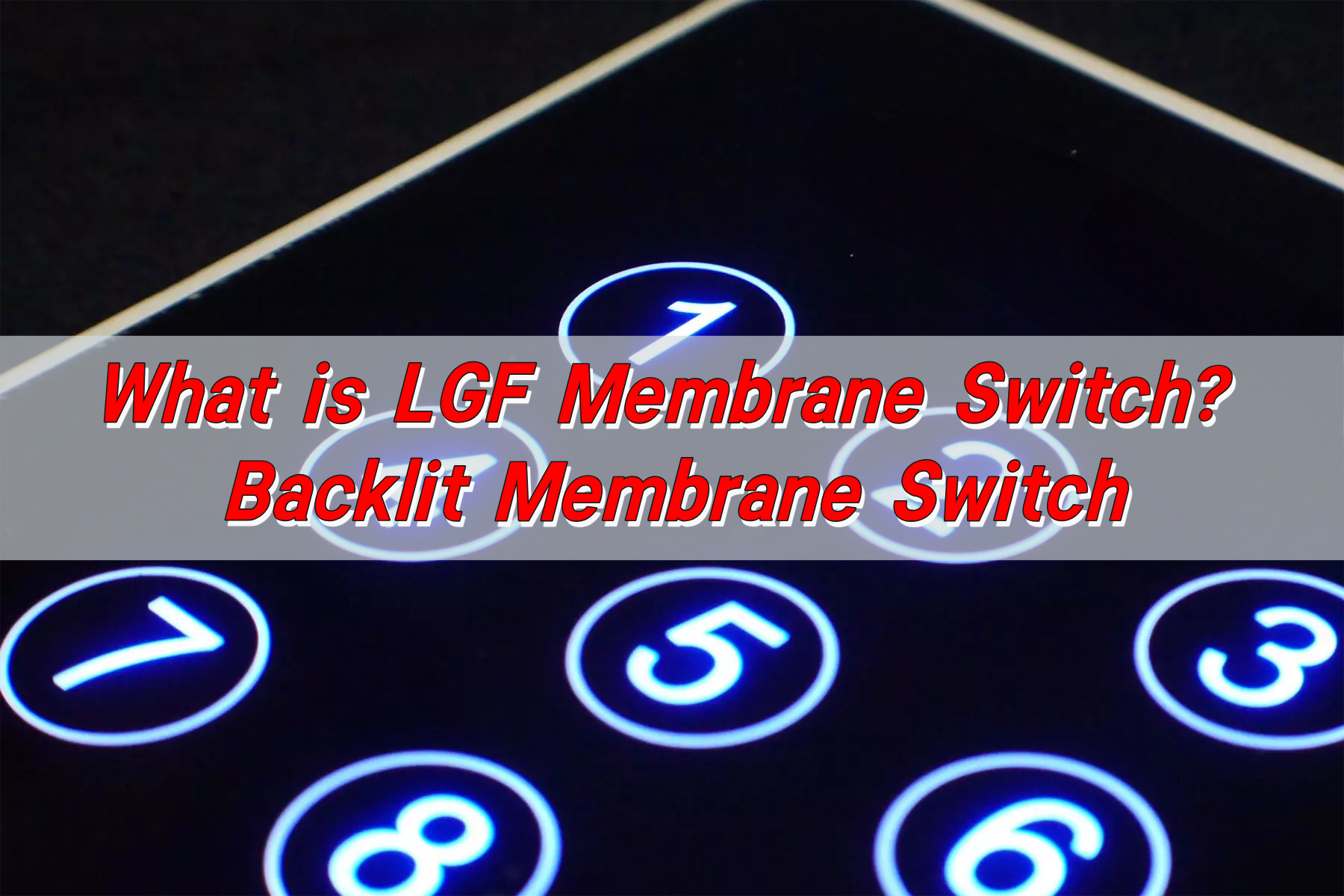
What is LGF Membrane Switch? Backlit Membrane Switch
LGF membrane switch is a membrane switch that uses light guide film technology, which can achieve uniform light emission and good visual effects. LGF membrane switches are usually composed of multiple layers of film, including conductive film, circuit breaker film and display film, etc., and the circuit is turned on and off by touch or ...
Contact us online